Panipat is a place in modern state of Haryana, northern India, about 60 miles north to Delhi. The place is famous for hosting 3 great battles between 16th and 18th century. But the Third Battle, having the greater significance among the three battles fought at Panipat. The Third Battle of Panipat result eventually led to the decline of a superpower, from northern India. Many historical accounts thus refer the battle as one of most significant historic events in Indian history.
The historic battle signifies as the largest battle of 18th century. Third Battle of Panipat result also records the highest casualty, ever reported in a single day.
Reason and Background
The Maratha and Durrani had several conflicts between 1758 and 1760. The two sides collided several times plundering each others’ troops. Northern command of Maratha empire was handled by Raghunath Rao. In May 1759, Raghunath Rao wrote a letter to Peshwa Balaji Vishwanath, stating they had plundered Durrani’s troops badly. It forced Ahmad Shah Abdali (Durrani) and his son Timur Shah Durrani had to refuge to Kandahar.
But Abdali was desperate to rearrange his enforcements, to avenge his early set back. He gathered soldiers from the Afghan and Baloch tribes and prepared to strike back. Entering India, Abdali also made Rohilla Afghans of Doab and Nawab of Awadh his allies, preparing “the army of Islam”.
Third Battle of Panipat: Timeline and Opponents
Third battle of Panipat, a decisive confrontation between Maratha and Durrani Empire, took place on 14th January 1761.
Abdali brought his 42,000 Afghan cavalry, joined by another 32,000 Rohilla infantry. Shuja ud-Daulah, the Nawab of Awadh had added another 50,000 cavalry to it. On the other side, Sadashiv Rao Bhau was leading the Maratha army.
The Maratha army consisted of only 50,000 to 60,000 soldiers. Another 150,000 to 200,000 non-combatants joined the Marathas, majorly were Hindu pilgrims. Malharao Holkar, Jankoji Scindia, Vishwas Rao were the key Maratha commanders at the Third Battle of Panipat.
Result of the Battle: 10 Factors that Went Against Sadashiv Rao
The Third Battle of Panipat result brought heavy casualties to both the sides. Despite of early advantage on the battlefield, the Maratha army lost their control late in the day. The Durrani, Rohilla and Awadh coalition eventually won the Third battle of Panipat, ending the long term Maratha-Durrani conflicts. The Marathas lost many of their brave commanders, including Sadashiv Rao Bhau, Vishwas Rao and Jankoji Scindia.
About 40,000 Maratha soldiers were brutally slaughtered on the next day, including the prisoners and escapees. Another 22,000 women and children were taken away as slaves.
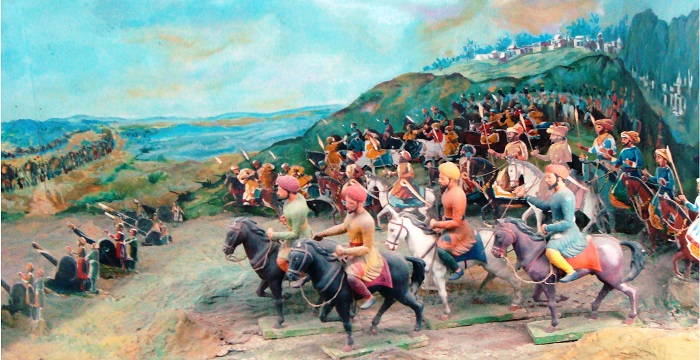
1. Denial from Raghunath Rao
Raghunath Rao was actually supposed to go for another expedition to counter the invasions of Ahmad Shah Abdali. But his enormous demand of money and very large army was denied by Peshwa Balaji Bajirao. Sadashiv Rao Bhau, a brave warrior but lacked any war experience, was made the chief Commander of Maratha army.
Absence of high profile commanders like Raghunath Rao was a major factor in such a critical battle. Maratha army lost the seasoned troop under Raghunath Rao which ruled northern India, especially with Abdali many times earlier.
2. Shuja-ud-Daulah Joining Abdali Alliance
The biggest success of Abdali in Third Battle of Panipat was convincing Shuja ud Daulah to join his alliance. Marathas earlier supported Nawab Safdar Jang of Awadh, father of Shuja ud-Daulah against the Rohillas. Further, Marathas had denied Maharaja Surajmal Jat, willing Shuja ud-Daulah to become the governor of Delhi. Sadashiv Rao was confident that Shuja will support him. His 50,000 cavalry would be a great asset for the Marathas.
Shuja being a Shia Muslim, had a community clash with other Sunni Muslim communities like Abdali. But Abdali was clever enough to convince Shuja ud Daulah to join his “Army of Islam” instead. Shuja ud Daulah, who financed the majority of the cost of the Third battle of Panipat. Understandably, Nawab Shuja joining the side of Abdali was the most critical factor that went against Sadashivrao Bhau.
3. Silence of Maharaja Surajmal Jat
On the other hand, the denial to Maharaja Surajmal created enough doubt in the Jat-Maratha relation. Arguably, it was the primary reason why Maharaja Surajmal stayed silence at the Third Battle of Panipat. But according to few historians, Maharaja Surajmal avoided direct participation but indirectly supported Sadashivrao. Understandably, that was not enough to change the result of the battle. Nevertheless, it was a great diplomatic failure of Maratha Empire that went against Sadashivrao Bhau.
Losing the support of both Nawab Shuja and Maharaja Surajmal eventually left Sadashiv Rao handicapped. Moreover, the morale of the Maratha troops dropped significantly.
4. Dishonoring the Suggestion of Guerrilla Warfare
Maharaja Suraj Mal suggested to avoid the conventional face to face war. Instead, he suggested light cavalry guerrilla warfare. Ongoing monsoon would create more challenges for Abdali rather than the Marathas. But Sadashivrao dishonored his suggestion despite many Maratha generals appreciated it.
Maratha army quickly started moving towards Delhi through the right bank of Yamuna. Crossing Yamuna during heavy monsoon was not advisable for any one.
5. Lack of Supplies
Abdali, was already approaching Delhi through the other side of Yamuna. Soon Abdali, taking a calculated risk, crossed Yamuna near Baghpat on 25 October 1760. It eventually cut off the supplies of Maratha troop from their base, Delhi. Knowing that very well, Durrani started waiting patiently.
The Maratha troop consisted of 250,000 to 300,000 people including 150,000 to 200,000 non-combatants. By the end of December, they completely ran out of food. Their endless starvation didn’t have any visibility. Hence the Maratha soldiers would prefer to die in the battle field, rather in starvation. They finally convinced Sadashiv Rao Bhau on 13th January 1761. On the next morning, the Maratha army started approaching the Afghan camp.
The siege continued for more than two months. During this period, the Marathas also tried to cut the supplies of the Afghan allies. But to their fate, Abdali was much more effective in executing the approach.
6. Tactical Battle by Abdali
During the first two phases of the battle, the Marathas caused heavy damage to the Afghan allies. But Ahmad Shah Abdali was much smarter in organizing his troops and operating them effectively. Despite of suffering havoc damage in first two phases of the battle, Abdali was able bring his escaping soldiers back. He kept a large part of his troops in reserve, which proved extremely effective. When the fresh troop started attacking the half starved Marathas, they started breaking down. As a result, the momentum of the battle changed very quickly, as Bhau didn’t have any force under reserve.
7. Crisis of Military Resources
The Afghan allies were much larger than the Maratha army. Pushing 60,000 Maratha army against 120,000 Afghan ally was always a suicidal mission. It forced Sadashiv Rao Bhau to include 150,000-200,000 non-combatants in his side. Such lack of organized military resources caused a terrible crisis during the battle. The huge unorganized crowd, once started panicking, it confused the Maratha core army as well.
Maratha army already lacked their heavily seasoned troops under Raghunath Rao. The new troop lacked enough war experience. Seeing the non-combatants panicking, they couldn’t handle the situation. Instead, they too started panicking.
8. Death of Vishwas Rao
Vishwas Rao, son of Peshwa Balaji Bajirao, seeing soldiers panicking, came down from his elephant trying to lead the attack. Unfortunately, an Afghan rifleman’s bullet hit his head. Maratha soldiers, who were already panicking, soon got disarrayed with the death news of Vishwas Rao. Many of them started escaping from the battle field, leaving their position. The disarray in the Maratha flanks, made things much easier for the Afghans.
9. Camel Mounted Cannons of Abdali
Introducing camel mounted canons was an innovative move by Abdali, at the Third Battle of Panipat. In comparison, Maratha static artillery wasn’t effective enough. Bhau with the Royal Maratha Forces kept fighting till the end. But it wasn’t good enough to enforce the result in favor of them. The Maratha artillery units continued fighting until sunset.
10. Lack of Coordination
The young, inexperienced Maratha army lacked the training of extreme crisis situations. Many of the young commanders escaped from the battlefield. The death of Sadashivrao, mortally wounded at the battlefield, eventually was taken as the battle was lost. At this crisis situation, Holkar and Scindia contingents decided escape through an opening line at Durrani front.
Aftermath and Takeaways
Abdali wrote a letter to Peshwa Balaji Bajirao on 10th February 1761. In the letter, Abdali mentioned that he was not the one who attacked Maratha army at Panipat. But he was just defending himself. Nevertheless, the battle eventually ended the Indo-Afghan clash for next few decades.
The loss at the Third Battle of Panipat was a major blow to the Maratha confederacy. Maratha empire lost many of its important generals. Peshwa Balaji Bajirao lost his own son Vishwasrao and cousin Sadashivrao, along with many close ones. He fell into severe depression and died on 23rd June 1761.
The third battle of Panipat was fought to protect India from the external raids. Despite the defeat of the Marathas, Abdali also suffered a heavy casualty. He couldn’t further raise his army to invade India again. Despite of the mistakes made by the Maratha army, their sacrifices to protect India was matchless. Sadashiv Rao Bhau didn’t care to fight against a much larger army strength to protect his motherland.
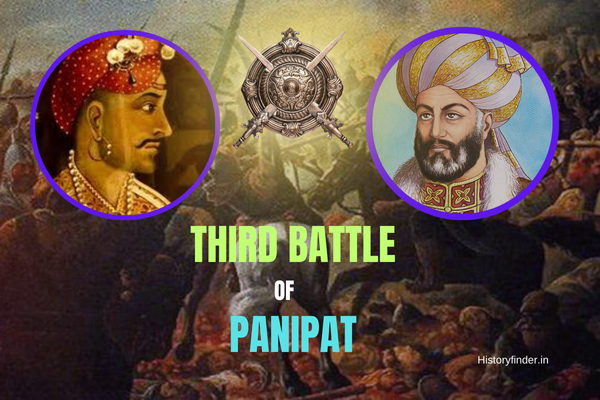
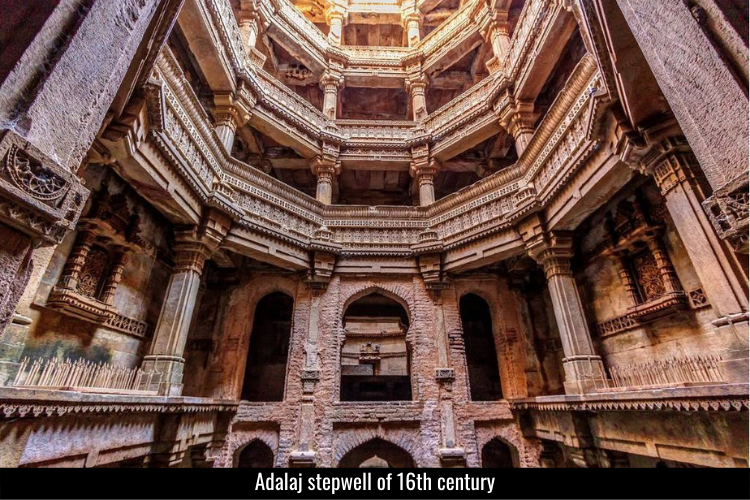
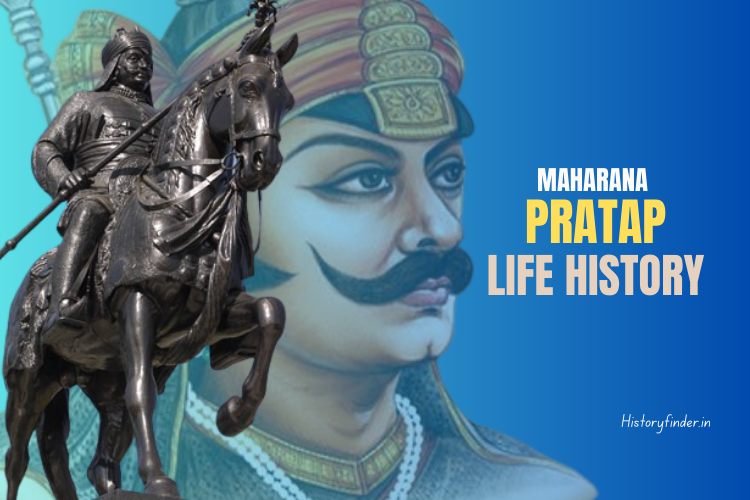
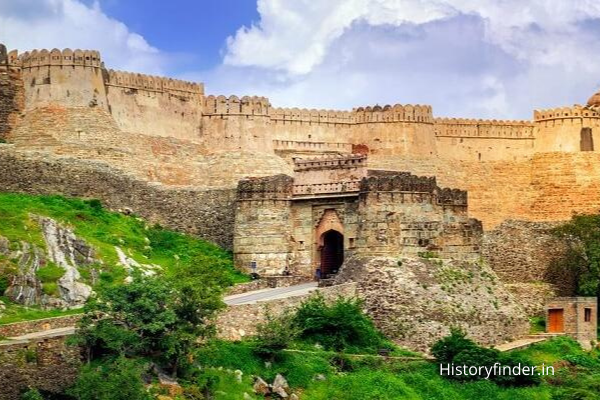
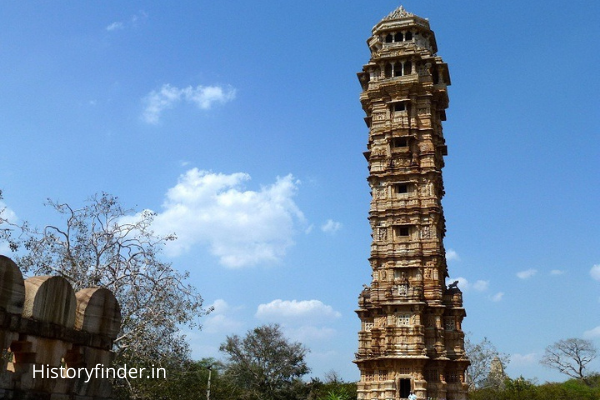
Pingback: First battle of Panipat: reasons and consequences - History Finder